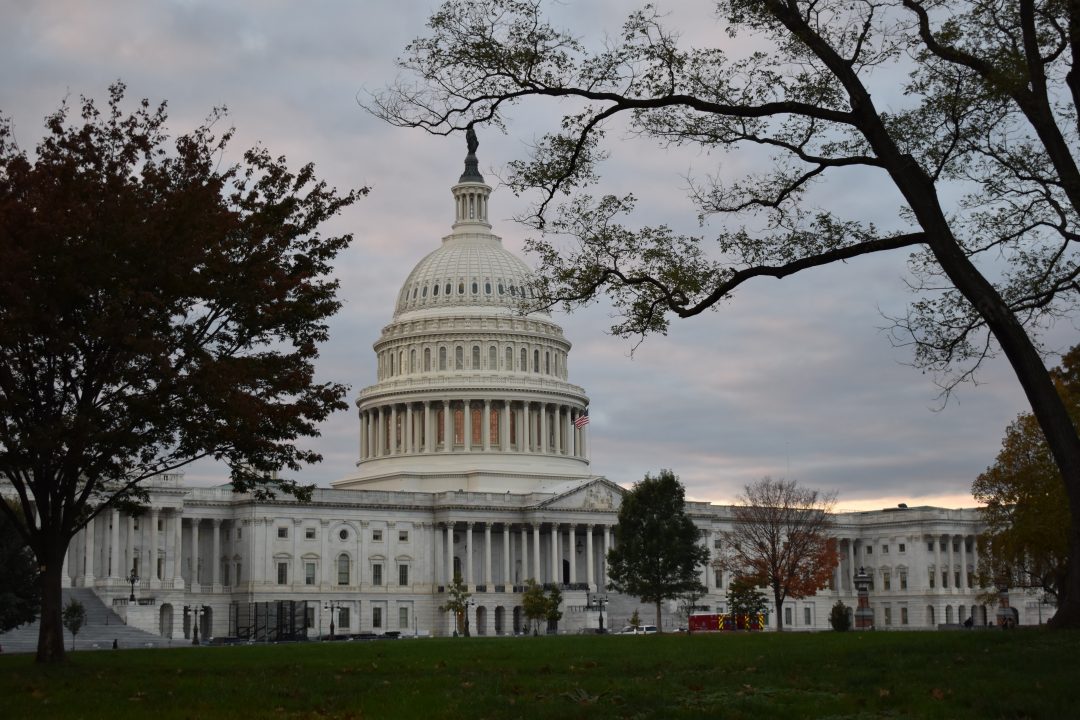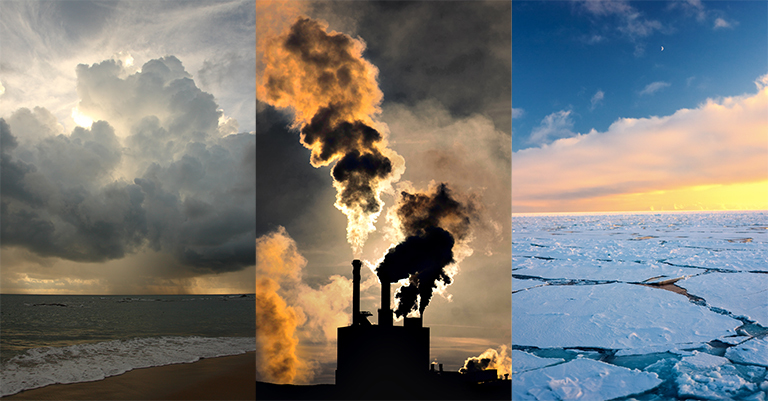
Environmental policies fail to prioritize the well-being of people of color who continue to fall victim to the effects of environmental racism.
Environmental racism is “racial discrimination in defining environmental policies, discriminatory enforcement of regulations and laws … and the exclusion of people of color from environmental leadership positions.” This definition was developed by civil rights leader Benjamin Chavin in 1982.
While pollution and other environmental issues affect people of all races, low-income communities where people of color make the majority are more heavily affected.
In an interview with The Statesman, associate professor of English and Sustainability Heidi Hutner said, “Racism permeates every aspect of society. Everything we breathe, and eat, and are exposed to currently, most of it is extremely detrimental and we have to consider that it is greatly harmful to our poorest, most voiceless communities.”
The effects of modern environmental racism stem from colonialism, racial discrimination and segregation in the United States.
“Environmental racism is about looking at minority people and people of color as less human than white people,” Professor Santa Ana of Stony Brook University’s English Department said. “It’s this split between ourselves as humans and everything else that’s not considered human, and very often it’s poor people, people of color, colonized people from other countries that are considered less human than wealthy white people.”
He described the forced displacement of Indigenous peoples from their homelands and the destruction of their environment as “a classic case of environmental racism.”
“For centuries, Indigenous people in North America have suffered under the consequences of colonialism,” Santa Ana said. “When white people came to North America, they displaced Native people. One way in which they did that was purposely giving Native people diseases. That’s an example of environmental racism from centuries ago.”
Native Americans are still fighting environmental racism enforced through governmental policy to protect their land. One example can be seen in the climate change activism and protests for indigenous rights led by the Standing Rock Sioux tribe in North Dakota.
Since 2016, opponents of the Dakota Access pipeline have been arguing that the project intended to transport oil from North Dakota to Illinois is a threat to sacred native lands and could contaminate their water supply from the Missouri River.
Disregard for the health and environmental safety of Indigenous people and other minority groups highlights the inequity forced upon the victims of environmental racism. These inequities can be seen in the disparities in healthcare, education, and income between people of color and their white counterparts.
“Black, Indigenous and people of color are exposed to lots and lots of contamination which affects them in all kinds of ways,” Dr. Hutner said. “And add climate change to the mix. We know that underprivileged communities are the hardest hit and the least taken care of. The least concern and help goes to them.”
This disparity is highlighted in the ongoing water pollution crisis in Flint, Michigan where a majority of the low-income residents are Black, Hispanic, and Latinx. The water crisis began in 2014 when the city’s water source was switched to the Flint River in response to a financial emergency. Since then, residents have made complaints that the discolored water piped from the river causes skin rashes, hair loss, and itchy skin.
Contaminated with toxic waste, raw sewage and agricultural runoff, the water from Flint River has incited elevated blood-lead levels in children which can lead to “damage to the brain and nervous system; slowed growth and development; learning and behavior problems; and hearing and speech problems.” Effects of lead if ingested by adults can include an increased “risk for high blood pressure, heart disease, kidney disease and reduced fertility.”
These extremely harmful effects demonstrate how environmental racism influences the everyday lives of minority groups that are in direct contact with pollutants and toxins.
“At its core, the definition of environmental racism is a definition put out by health experts,” Dr. Santa Ana said. “They have defined this term to indicate that it’s deliberate and intentional racial discrimination when you look at poor communities, particularly Black and Brown communities, immigrant communities, as places where you can dump toxic waste. Where you can build industrial plants that emit all kinds of toxins and pollutants.”
While the water in Flint, Michigan has been deemed safe for drinking after six years of dysfunction, the event highlights the disregard for the health of minorities and the little support they receive from the government.
“BIPOC, are the hardest hit and the least helped,” Dr.Hutner said, acknowledging the relationship between systematic and environmental racism.
The fight for environmental justice has become more mainstream. The movement founded by Dr. Robert Bullard in the 1980s is defined by the United States Environmental Protection Agency as “the fair treatment and meaningful involvement of all people regardless of race, color, national origin, or income, with respect to the development, implementation, and enforcement of environmental laws, regulations and policies.”
To achieve environmental justice, supporters of the cause are focused on the collective goal to ensure equal protection for people of all communities and to gain equal access to participate in policy making processes in order to create healthy living and working environments.
“We must make concerted efforts to address racism and address it in the environmental world, and not just to say it, but really work on it in a very deliberate way,” Dr. Hutner said. “We really need to reorganize all of our policies and we need to focus on health and environmental safety for all in every community.”
















